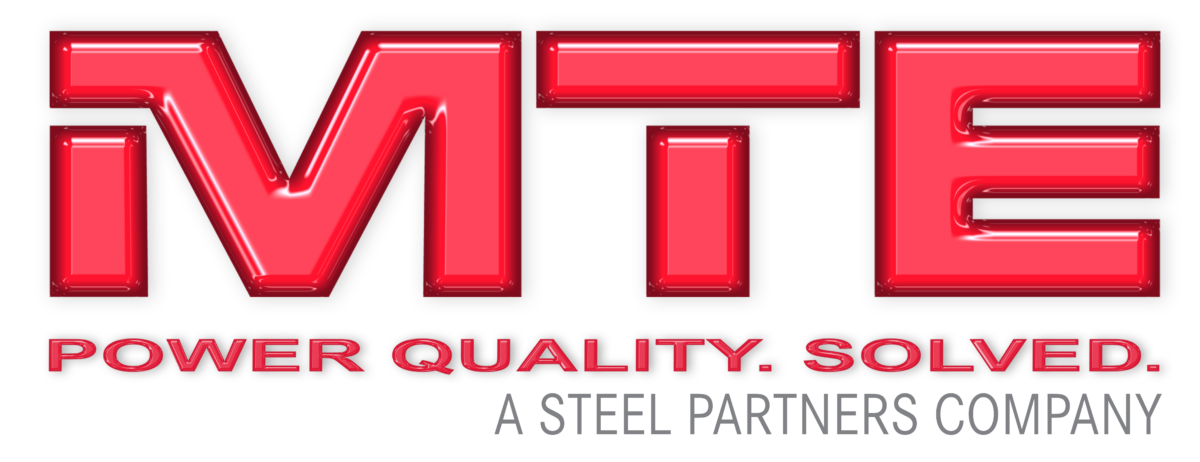DC Link Chokes
1000 Volts DC – Filters 360 Hz Ripple Current – Economical, Versatile Power Quality Solutions For Variable Speed Drives & Inverters.

DC Link Chokes
Control DC bus voltage right in your VFD
RELATED LINKS:
Selection Brochure
Solutions Catalog
User Manual
MTE’s DC LINK CHOKES, also referred to as DC line chokes or inductor chokes, are an economical means of filtering and controlling the DC bus voltage and current in a variable speed drive/inverter. They help reduce AC input line current harmonic distortion while absorbing DC bus voltage spikes. Link Chokes add protection and filtering but should not be considered a direct alternative to AC input or output reactors.
MTE’s DC LINK CHOKES offer the advantage of maximizing the circuit inductance for power quality reasons, but without causing an AC input line voltage drop. Link Chokes can be used individually, typically on the positive DC bus, or in pairs with one each on both the positive and negative bus. When two DC Link Chokes are used on the bus, the inductance is additive. You will need twice as much inductance on the DC bus as used on the AC input (per phase) to accomplish the same performance experienced with AC input reactors. For best performance combine the use of both an AC input reactor and a DC Link Choke.
NOTE: While DC Link Chokes increase the internal filtering and have the ability to absorb spikes, because of their circuit location they do not protect the input bridge rectifier. They do not offer protection for the inverter output circuit due to their location on the DC bus.
SPECIAL FEATURES:
- Solid Copper Box lug type terminals on most sizes
- Specially constructed and epoxy impregnated for low noise
- Customized ratings also available—contact factory for custom mounting, inductance, current or ripple requirements
Use DC Link Chokes In Applications Such as:
- AC PWM inverters/drives
- DC to AC inverters
- Variable frequency motor drives
- Electrical vehicle inverters
Use MTE DC Link Choke to:
- Reduce AC input line harmonics
- Help meet IEEE-519 limits
- Absorb voltage/current spikes
- Reduce AC ripple on DC bus
- Reduce dv/dt and di/dt rates
- Solve nuisance over-voltage tripping
- Reduce DC Bus transient over-voltage
